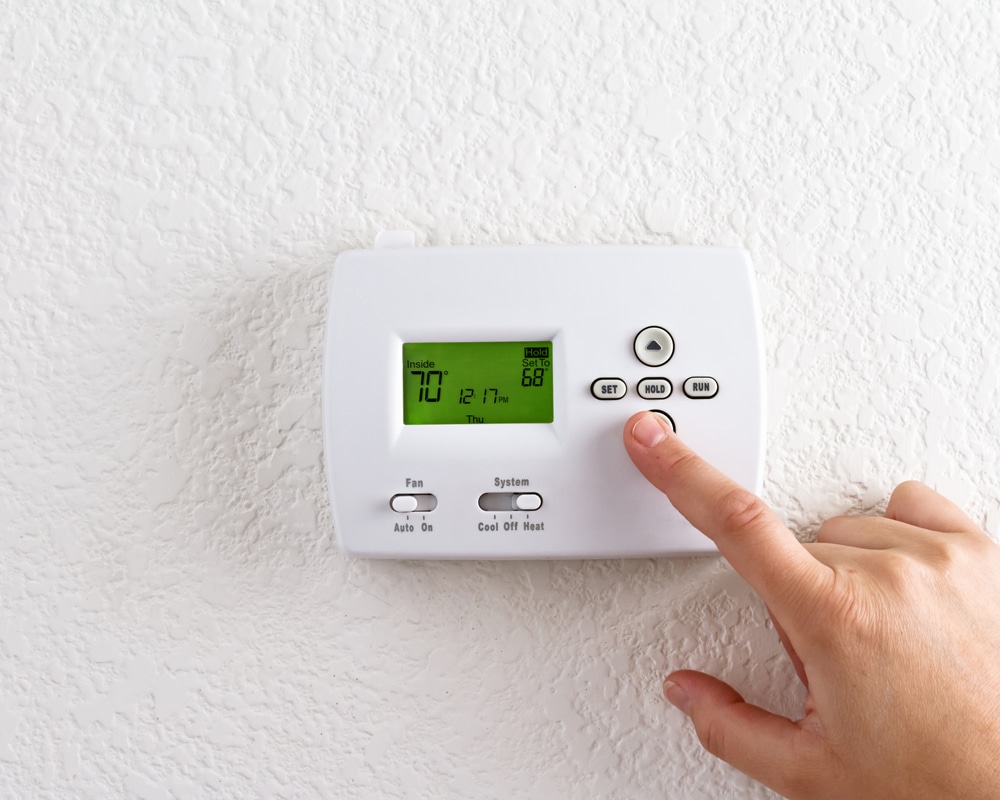For the past few summers, there’s been a hot topic in offices and workplaces around the world. Or should that be a ‘cold topic’? The matter of who actually gets control of the thermostat and how cold they get to set it before it becomes a source of discomfort for their colleagues is not a triviality.
IMAGE: PIXABAY
Indoor Temperature And Its Impact On Women’s Performance
It’s a contentious issue because not everyone enjoys the icy blast of climate-controlled air, even in the heat of summer. One such person is Cynthia Nixon, the actress turned politician who faced New York Governor Andrew Cuomo in the August 2018 gubernatorial debates.
Cuomo, for reasons best known only to himself, insists on debate halls being very cool. Nixon, anticipating her own discomfort, protested that Cuomo’s team having control over the indoor climate gave her a disadvantage. And she was correct.
Cold Temperatures Affect One’s Productivity
A 2019 study out of Germany found that women’s productivity and effectiveness can be hampered by cold temperatures. When given basic work tasks such as using calculators and typing, the women participating in the study made more mistakes when the thermostat was dialed down. Nixon eventually had to insist that the temperature be set no lower than a comfortable 24° C.
Air Conditioning Temperature – Level Of Comfort Varies In Men And Women
The same debate boils under the surface in most workplaces. Climate control and air conditioning were popularized at a time when there simply weren’t that many women in the workplace. So these systems were developed using the male body as the standard.
And as it turns out, the resting male metabolic rate is different from a woman, which means men and women are comfortable at different temperatures. So women not only risk a dip in performance when the temperature is too chilly, but they are also more likely to experience discomfort due to the temperature.
A 2019 study by Aspect, a UK building and air conditioning maintenance company based in London, found that women were more likely to experience temperature-related discomfort than men. More than half of women reported that their workplaces were unpleasant because they were too cold.
Make The Workplace Temperature Comfortable For Everyone
Nick Bizley from Aspect believes there may be a simple solution at hand to the battle of the thermostat. “The fact that more than half of women complain of workplaces being too cold tells us something important.
If employers were to ask their people if they were happy with the temperature and to allow them to work in different areas with different ambient temperatures, this could help tackle that particular problem.”
Create A Workplace That’s Conducive To Everyone’s Productivity
There are other simple steps employers can take too. Simply by observing employee behavior, they can detect whether their people are comfortable. Are employees bundling up in warm clothes during the summer? Maybe the air conditioning is too cool. Are they opening windows, unbuttoning their collars? Maybe it’s not cool enough.
Communication is key too, as Bizley states. A lot of employees will lack the assertiveness to complain about the ambient temperature at their place of work. But if asked, they may well report that the workplace is not having a comfortable temperature. It’s important to provide channels of feedback so employers and employees can cooperate in creating a workplace that’s comfortable for everyone.
If you are interested in even more technology-related articles and information from us here at Bit Rebels, then we have a lot to choose from.


COMMENTS